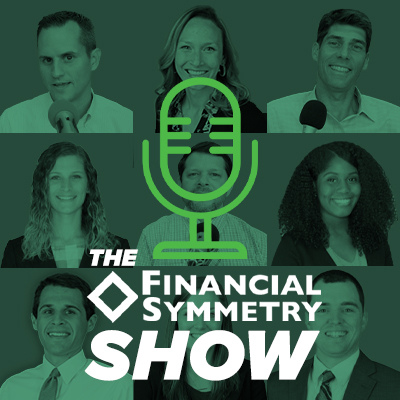This week, we get into a topic that confuses many investors: deciding which type of Roth account—Roth IRA, Roth 401(k), or the Mega Backdoor Roth 401(k)—is the best option for their needs.
Using our favorite summer dessert as an analogy, we break down the basics, benefits, and ideal life stages for each account type, from scooping your first vanilla cone with a Roth IRA, adding some flavor with a Roth 401(k), or going all-out Neapolitan with the Mega Backdoor Roth.
We also share smart tips on tax brackets, income planning, and how to maximize your options for a sweeter financial future. If you’re looking to optimize your retirement savings and want more flexibility, this episode is the perfect treat.
The Vanilla Classic
One of the most common questions financial professionals hear every summer is “Which Roth account is right for me?”
Think of the Roth IRA as the vanilla ice cream of retirement accounts, universally appealing, versatile, and the perfect foundation for any dessert. With a Roth IRA, you make contributions using after-tax dollars, meaning you pay taxes now, but all future growth is tax-free. For 2025, the contribution limits are $7,000 for those under 50 and $8,000 for individuals 50 or older.
The Roth IRA is especially powerful for those early in their careers, likely in a lower tax bracket, or whose employers don’t offer a 401(k) match. Since you’re locking in today’s low tax rate and allowing earnings to grow tax-free, it’s an exceptionally useful account, just like vanilla pairs well with every topping!
Roth 401(k) Chocolate or Strawberry
As you advance in your career, your employer may offer a Roth 401(k), a relatively new feature but now available in 93% of employer plans. This is your chocolate or strawberry option: maybe a bit less universal than vanilla, but still a strong choice for many.
The Roth 401(k) option is great for those in their mid-career, expecting their income to keep rising, or receiving an employer match. However, unlike the Roth IRA, the Roth 401(k) is less flexible—withdrawals are subject to more restrictions, so plan on leaving this money untouched until at least 59 ½, unless a unique hardship arises.
The big advantage is that automatic, higher contribution limits (generally $23,500 for those under 50, even higher with catch-up if you’re older). But, as your tax bracket rises past the 22% or 24% marks, it may make more sense to start focusing on traditional 401(k) contributions, which lower your taxable income and open up other planning opportunities like qualifying for tax credits and deductions.
Mega Backdoor Roth 401(k) is a Neapolitan Sundae
For high earners already maxing out their regular 401(k) and IRA, there’s the Mega Backdoor Roth 401(k). Imagine the Neapolitan tub: vanilla, chocolate, and strawberry, loaded with all your favorite toppings. This strategy lets you turbocharge tax-free savings by making after-tax contributions to your 401(k) and immediately converting them to Roth, if your employer allows it.
The annual contribution limits are significantly higher (up to $70,000 or more when you include both employee and employer contributions and catch-ups for those 50+). This makes the Mega Backdoor Roth ideal for professionals in peak earning years with savings to spare. But beware—few employer plans allow these after-tax contributions and the crucial in-plan Roth conversions, so check your specific options.
Building Your Retirement Flavors for Flexibility
Just as sticking to one ice cream flavor limits your sundae options, having all your assets in a single tax bucket can restrict your retirement choices. By building up pre-tax, Roth, and taxable accounts, you retain flexibility to adapt to future changes in tax law, personal income, or market returns.
Deciding between Roth IRA, Roth 401(k), and the Mega Backdoor flavor depends on income, savings rate, employer offerings, and long-term plans. The tax code might change, but your life events will have the biggest impact on your retirement tax bill.
Outline of This Episode
- (00:00) Roth IRA Overview
- (04:00) Mid-career Roth 401(k) strategy
- (06:42) 401(k): Traditional vs. Roth Benefits
- (11:08) Optimizing retirement savings strategies
- (12:57) Tax strategies for retirement flexibility
- (18:04) Retirement tax flexibility insights
Resources & People Mentioned
- High Income, No Problem – Article
- Darian Billingsley at Financial Symmetry, Inc.
- Top Financial Advisor Articles from Kitces



